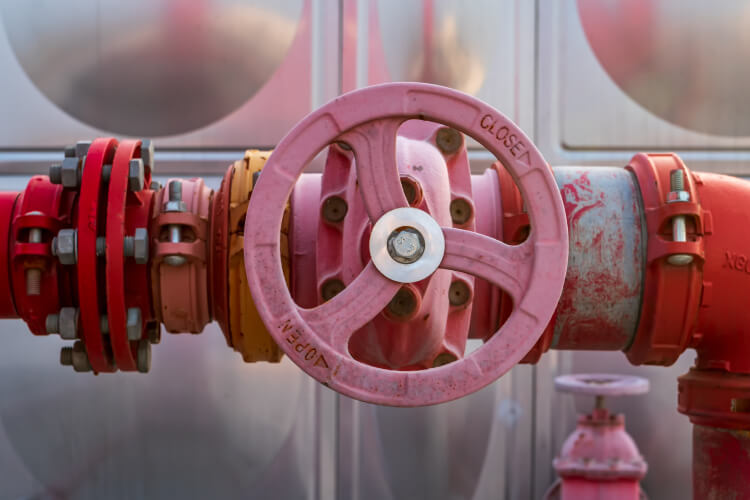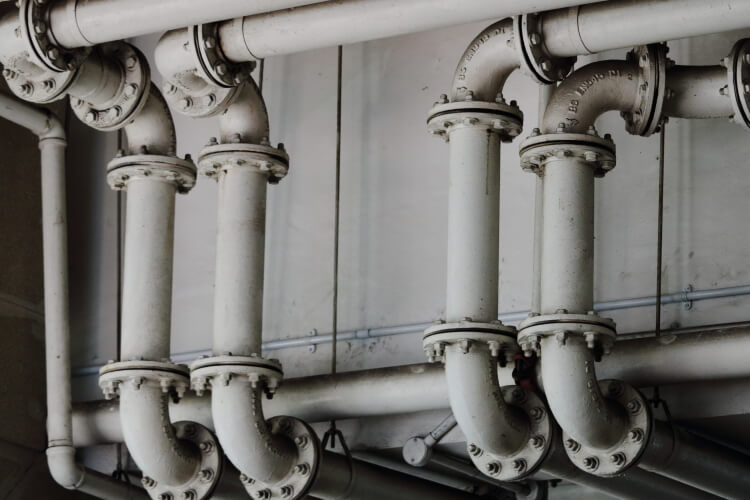Some manufacturers are moving away from pneumatics in their machine designs, the industry can continue to grow if done wisely. That is, smooth integration of automation and pneumatics will rely greatly on the continued adoption of clever innovations, data collection and use, and more compact, effective devices. This, stated Donna Ritson of DDR Communications in her discussion, “Pneumatics in Automation 2018: The Evolution of Advanced Automation” at the NFPA’s IEOC in August, is how pneumatics innovations can continue to advance over the next years.
Donna Ritson pneumatics and automationRitson, who conducted the report for the PMMI and NFPA, said that the primary chauffeurs of this development of intelligence in pneumatic vacuum applications will continue to be the need for good information collection, preventive maintenance procedures, less downtime, remote maintenance, more effective machines and more.

” We took a look at this from the viewpoint of a higher level of automation– what are they looking for? They require user-friendly and interactive HMIs that go together with the reality that they have less skilled labor; they desire simpler devices. They want it to be instinctive so that when someone comes near a device there’s now going to be alarms and signals that help them with their preventive maintenance,” Ritson said. “They want smarter sensors that are going to tell them when a part is reaching its end of life. Everything needs to be more user-friendly.”
Donna Ritson wise pneumatics automationAutomation, stated participants to DDR’s study, is being driven by the innovations that permit the IoT to achieve performance gains– which implies pneumatics and vacuum elements must have predictive analytics, wireless connectivity, and remote tracking. “Adding more devices is not always simple,” she said.
When asking “How reliant are your operations on compressed air?” Ritson noted that 90% stated it’s one of the most important things in their manufacturing facilities. It’s absolutely not disappearing, but manufacturers say they need help with air leaks, repeatability, and constant performance. Pneumatic vacuum parts need to continue to be more long lasting, robust, energy effective, and must be quickly readily available with on-time delivery. Pneumatics need to continue to offer better precision, be smoother, be simpler to use, increase movement and speeds, and it needs to be more compact, easier to keep, and above all else, recurring.
” Continuous position picking up is something the current sensors are developed with now, to install on the cylinders and linear slides and support simple and quick maintenance and replacement,” she said. What’s fascinating, Ritson included, is that all the technologies that were discussed by participants are currently developed. “It’s truly that entire education procedure– the technologies’ providers state among their most significant challenges is to educate the market that innovation is readily available for them. Welcoming automation and having smarter devices on the plant floor is where it’s going.”
Some makers are moving away from pneumatics in their device designs, the market can continue to grow if done wisely. That is, smooth integration of automation and pneumatics will rely heavily on the continued adoption of wise technologies, information collection and usage, and more compact, effective machines. This, said Donna Ritson of DDR Communications in her presentation, “Pneumatics in Automation 2018: The Evolution of Advanced Automation” at the NFPA’s IEOC in August, is how pneumatics technologies can continue to advance over the next years.
Donna Ritson clever pneumatics automationAutomation, stated respondents to DDR’s survey, is being driven by the technologies that permit the IoT to accomplish efficiency gains– which suggests pneumatics and vacuum parts should have predictive analytics, wireless connection, and remote tracking.
The Rubik’s Cube solver calculates the rotations to sove the unsolvable cube.





